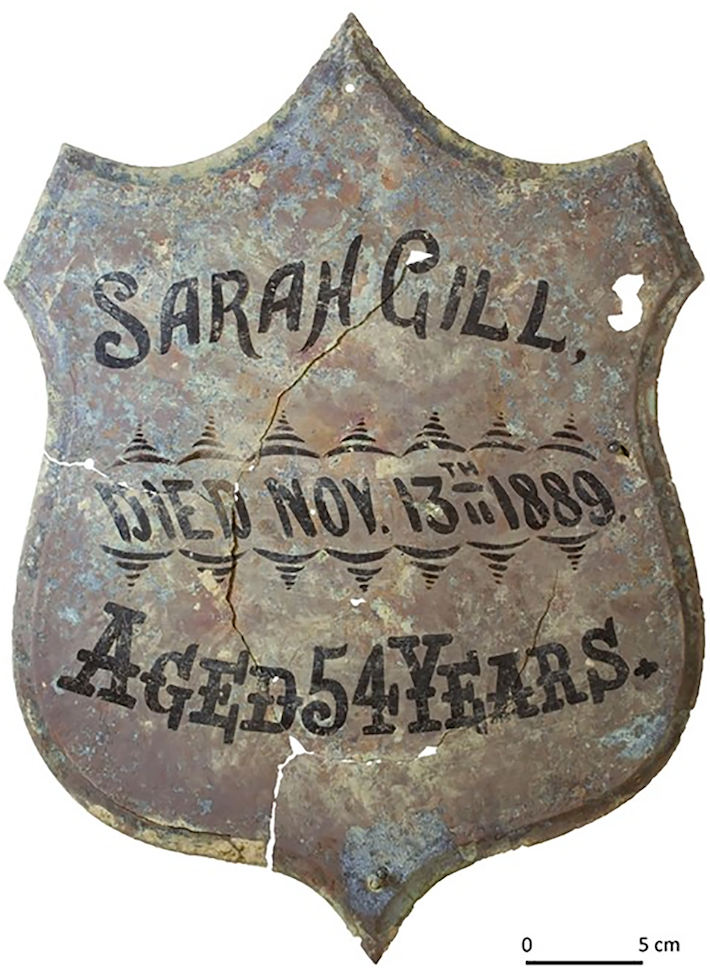 DURHAM, ENGLAND—According to a Surrey Comet report, an examination of the remains of more than 150 people recovered from a churchyard cemetery in North Yorkshire has detected evidence of child labor in the eighteenth and nineteenth centuries. Rebecca Gowland of Durham University and her colleagues found that many of the remains belonged to young people who died between the ages of eight and 20. Their bones show signs of stunted growth, malnutrition, rickets, and tuberculosis. “This is the first bioarchaeological evidence for pauper apprentices in the past and it unequivocally highlights the toll placed on developing bodies,” Gowland said. Pauper apprentices were children who had been transported from workhouses in London to northern England and forced to work in industrial mills. And, indeed, chemical analysis of the children’s teeth confirmed that they had not been raised locally. Michelle Alexander of the University of York added that the chemical analysis of the bones also showed that the children’s diet included less animal protein than the diet consumed by local people. “They were overlooked in life and treated as a commodity—but we hope we have done them some justice by telling their stories and creating a lasting commemoration,” concluded Sally Robinson of the Washburn Heritage Centre. Read the original scholarly article about this research in PLOS ONE. To read more about the toll industrialization took on workers' health in nineteenth-century England, go to "Haunt of the Resurrection Men."
DURHAM, ENGLAND—According to a Surrey Comet report, an examination of the remains of more than 150 people recovered from a churchyard cemetery in North Yorkshire has detected evidence of child labor in the eighteenth and nineteenth centuries. Rebecca Gowland of Durham University and her colleagues found that many of the remains belonged to young people who died between the ages of eight and 20. Their bones show signs of stunted growth, malnutrition, rickets, and tuberculosis. “This is the first bioarchaeological evidence for pauper apprentices in the past and it unequivocally highlights the toll placed on developing bodies,” Gowland said. Pauper apprentices were children who had been transported from workhouses in London to northern England and forced to work in industrial mills. And, indeed, chemical analysis of the children’s teeth confirmed that they had not been raised locally. Michelle Alexander of the University of York added that the chemical analysis of the bones also showed that the children’s diet included less animal protein than the diet consumed by local people. “They were overlooked in life and treated as a commodity—but we hope we have done them some justice by telling their stories and creating a lasting commemoration,” concluded Sally Robinson of the Washburn Heritage Centre. Read the original scholarly article about this research in PLOS ONE. To read more about the toll industrialization took on workers' health in nineteenth-century England, go to "Haunt of the Resurrection Men."
Remains of Child Mill Workers Examined in Northern England
